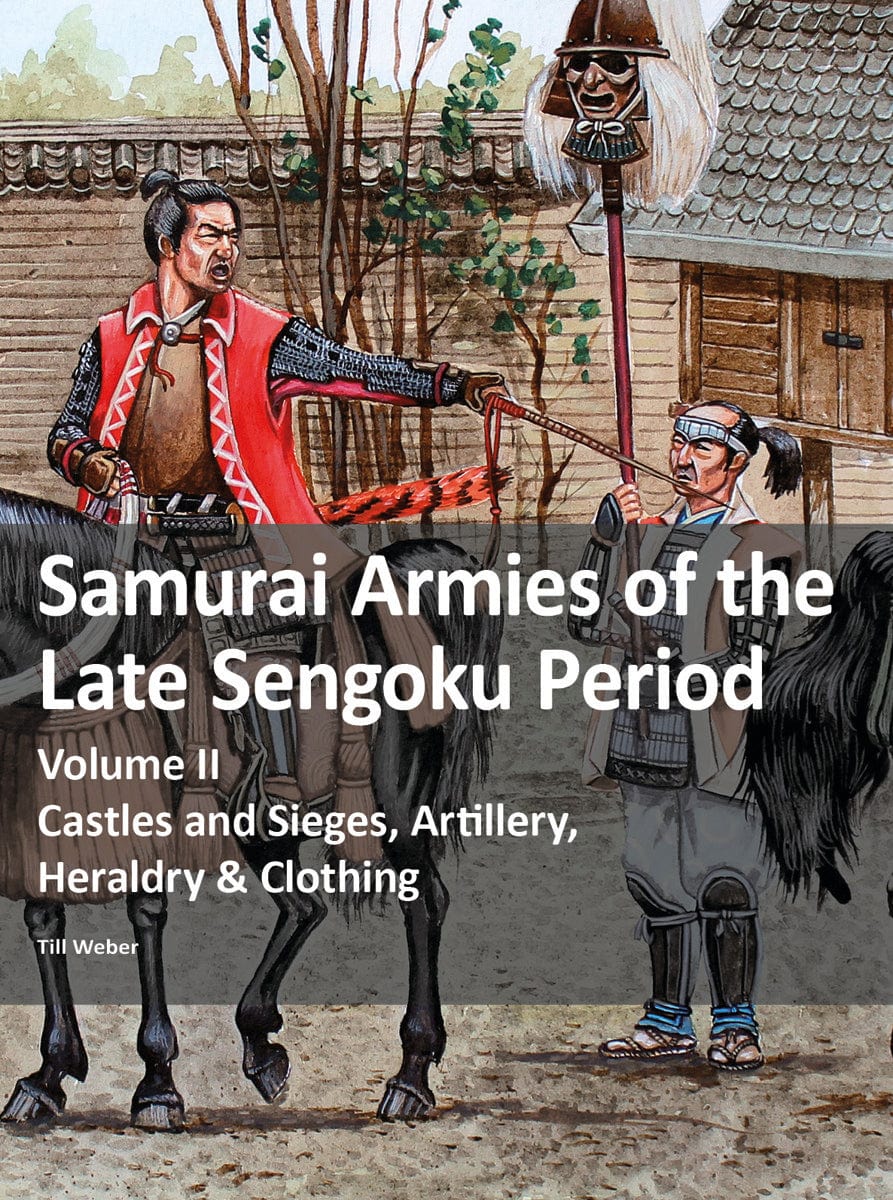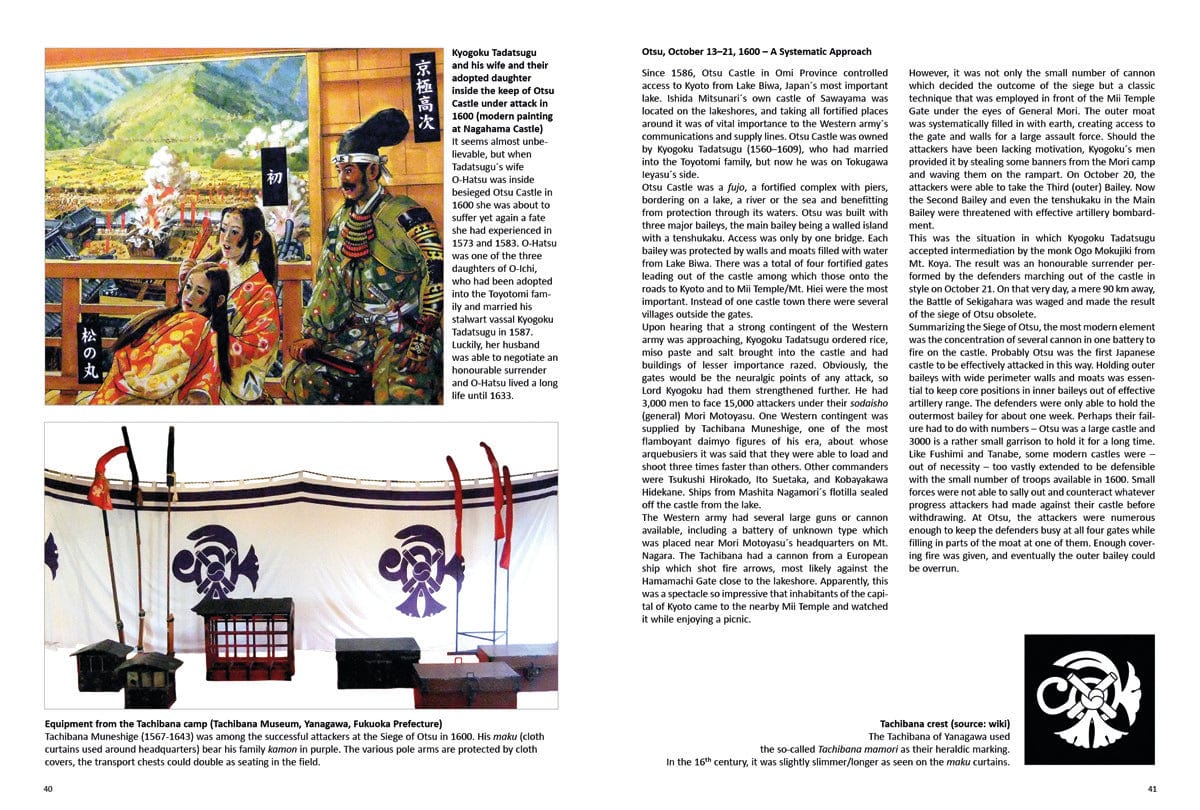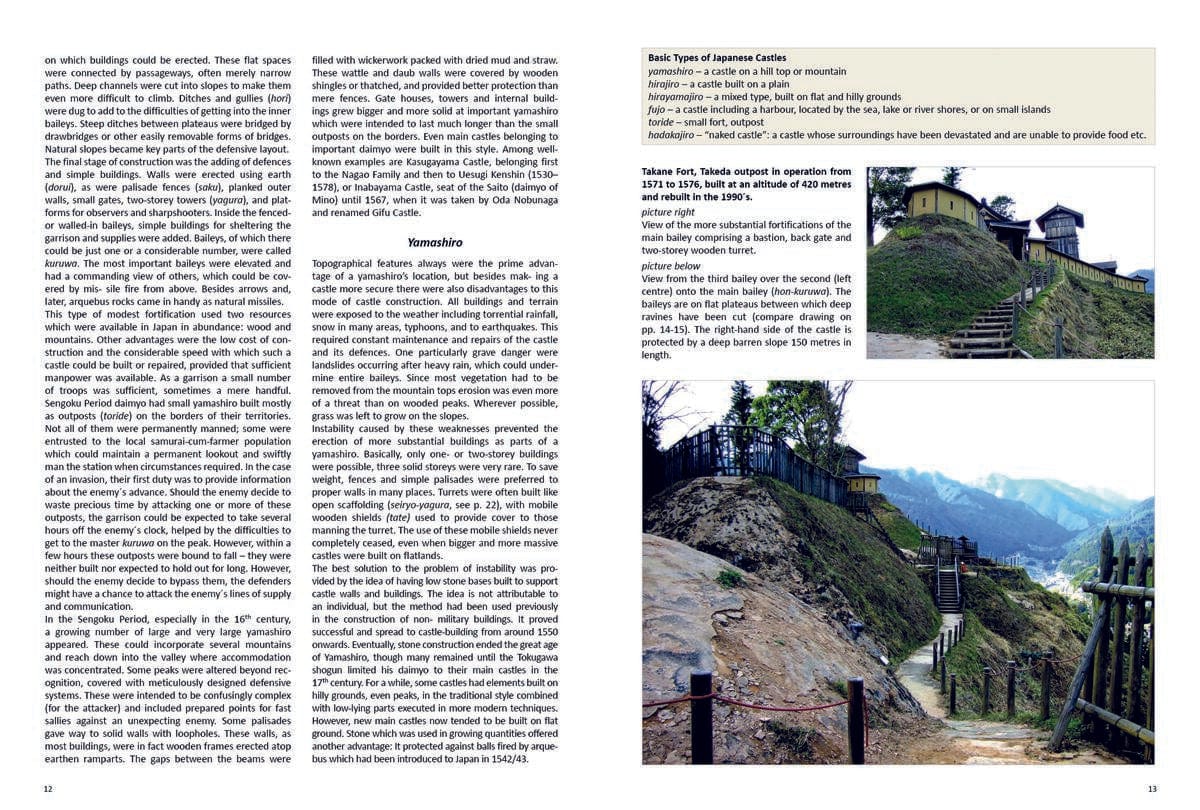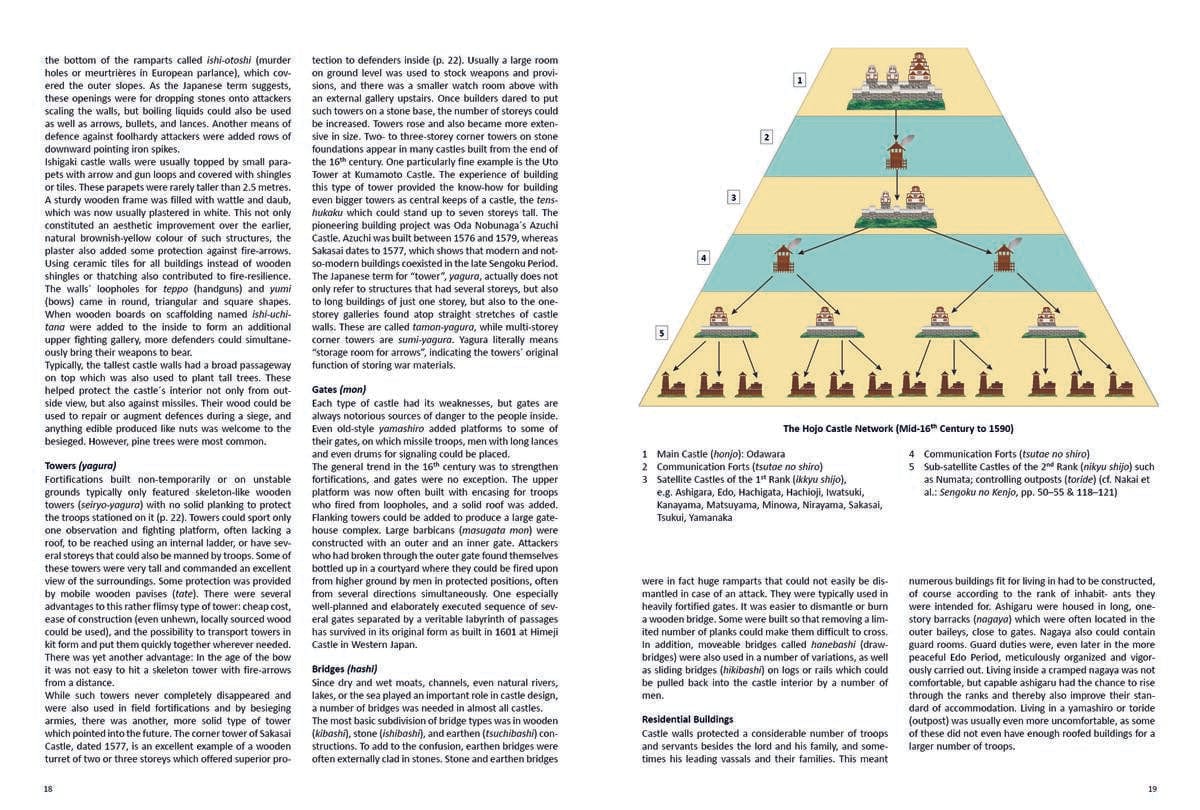Buy three Karwansaray magazines or special issues, and get the fourth one free!

































The elegant, multi-storey main towers of Japanese castles, surrounded by massive fortifications, are widely known as symbols of samurai rule. However, the first of these tenshukaku were built only at the very end of the Sengoku period. Most fortifications were built of wood with earthen ramparts and ditches exploiting the natural environment.
The second volume of this series details these constructions as well as the fortifications that were affected by major sieges: Fushimi, Tanabe, Otsu and Ueda in 1600, and Osaka in 1614/15. The author explains the sophisticated siege techniques and countermeasures employed by samurai armies of the period, and the Japanese artillery of the time.
A second focus is on the complex heraldry of leading as well as lesser known samurai families of the Sengoku period, illustrated by many colourful examples.
The third part offers an introduction to the world of traditional Japanese textile patterns and colours, their use, methods of manufacture in the pre-industrial age, and their unique symbolism in the context of samurai history.
Delivery costs are calculated by location. Shipping on all orders over €200 is free! For more, see our shipping page.
We're always here to help! Whether you have questions about the order process, or just want to geek out about history, we'd love to hear from you.
Phone: +31-848-392256 (9.30am - 5.30pm GST, closed Friday)
US orders: 1-800-549-4742 (Place orders with our US answering service, 24/7)
Email: Contact the helpdesk
Mistake, mix-up or damaged product? No problem! Just let us know and we'll get everything sorted out ASAP.
Phone: +31-848-392256 (9.30am - 5.30pm GST, closed Friday)
Email: Contact the helpdesk
Subscribe now
© 2025, Karwansaray Publishers Setup by Ecommerce Pro
